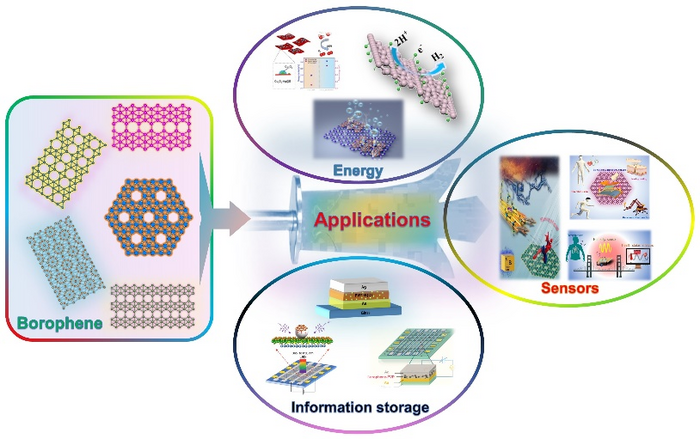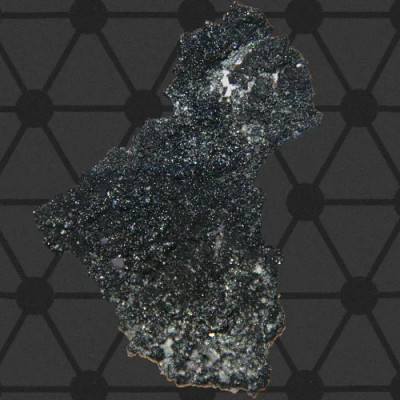They published a review of recent work in borophene-based materials on Feb. 9 in Nano Research Energy.
“Borophene is a rising star monoelemental 2D material,” said Guoan Tai, professor in the State Key Laboratory of Mechanics and Control of Mechanical Structures and the Laboratory of Intelligent Nano Materials and Devices of Ministry of Education, College of Aerospace Engineering in Nanjing University of Aeronautics and Astronautics. “Although many challenges exist in the experimental synthesis of borophene, it has made some exciting experimental progress in the fields of energy, sensing and information storage in recent years.”

The 2D material borophene is comprised of a single element, making it ideal for applications in energy, sensors and information storage, according to a new review summarizing recent experimental developments.
According to Tai, borophene is predicted to have several unique physical and chemical properties, but there has been insufficient research to experimentally verify these characteristics. The predicted properties include mechanical compliance, optical transparency, ultrahigh thermal conductivity, superconductivity and more.
“Although borophene has realized continuous breakthroughs in theories and experiments, its related research started relatively late because of the complexity of its structure,” Tai said, noting that stable 2D boron sheets were first reported in 1997. More stable versions were theorized and experimentally realized in the decades since. “Compared with theoretical works on borophene, its synthesis experiments have lagged for a long time. In 2015, our group first reported the crystalline and stable monolayer boron sheets.”
The researchers found the borophene sheets demonstrated semiconductor properties. Additional work by various groups advanced the material — and the desired properties — further, but issues and challenges remain, Tai said.
“Although a series of breakthroughs have been made in the experimental synthesis of borophene-based materials in recent years, it is still difficult to obtain stable borophene-based materials with large area, single crystal and controllable thickness,” Tai said, explaining these are desirable qualities because they make it easier to experimentally investigate theoretical properties.
In addition to improving the quality of borophene-based materials, the researchers recommend dedicating efforts advancing studies focused on optimizing the material’s performance in energy applications as well as for device integration and potential system development.
“There are few reviews comprehensively covering the experimental developments of borophene-based materials for application fields, especially energy, sensors and information storage,” Tai said. “Our hope is that by systematically summarizing the status of borophene-based applications, we will not only spark further exploration, but also inspire the research of borophene in other application fields.”
Read the original article on Eurekalert.
